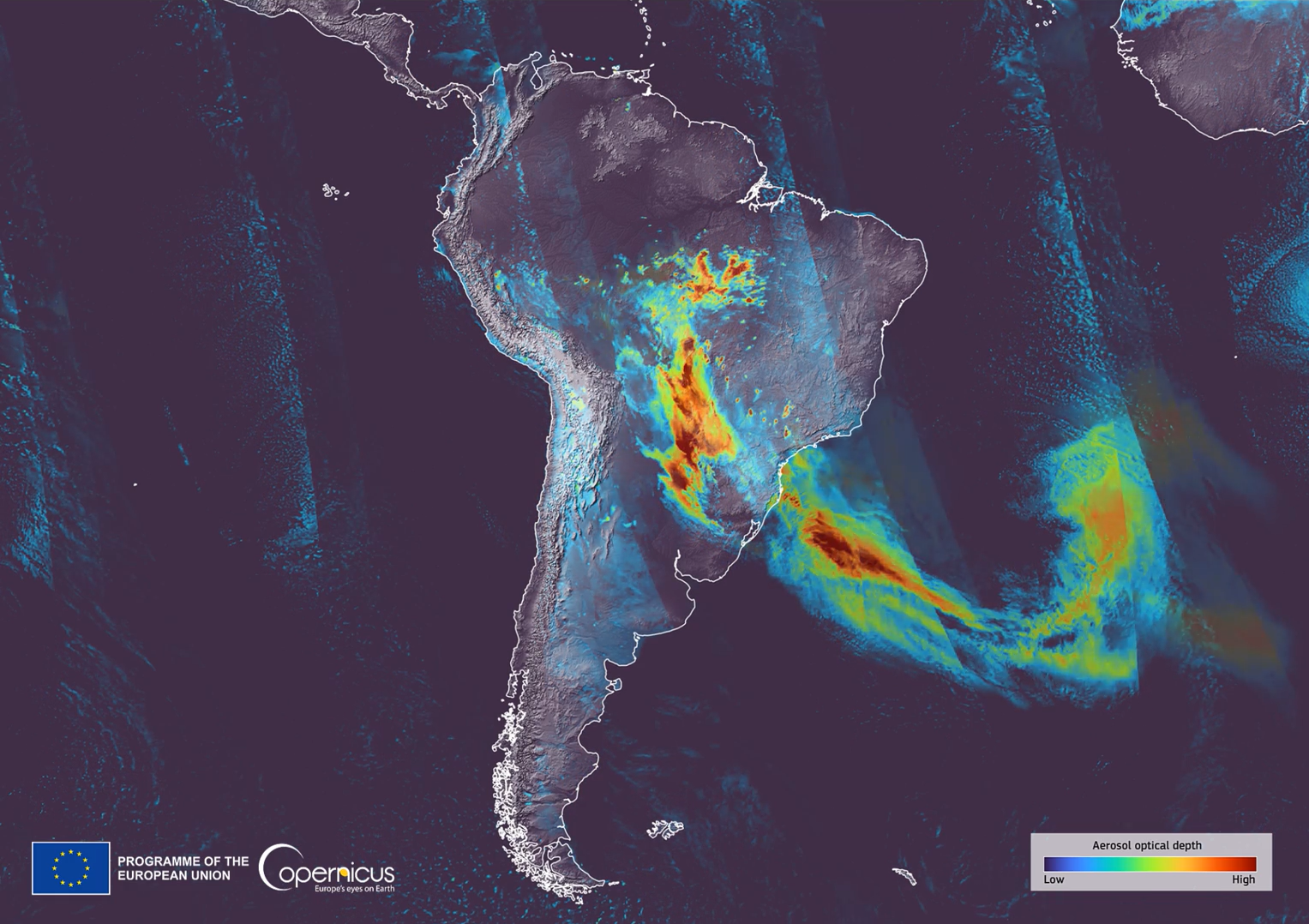
Continuity of Copernicus Sentinel missions and upcoming launches: What they mean for the LAC region
Sentinel missions as part of Copernicus Copernicus is the Earth Observation (EO) component of the European Union’s Space Programme. At its heart are the Sentinel missions, which provide free and open data to monitor the Earth’s surface, oceans, and atmosphere.
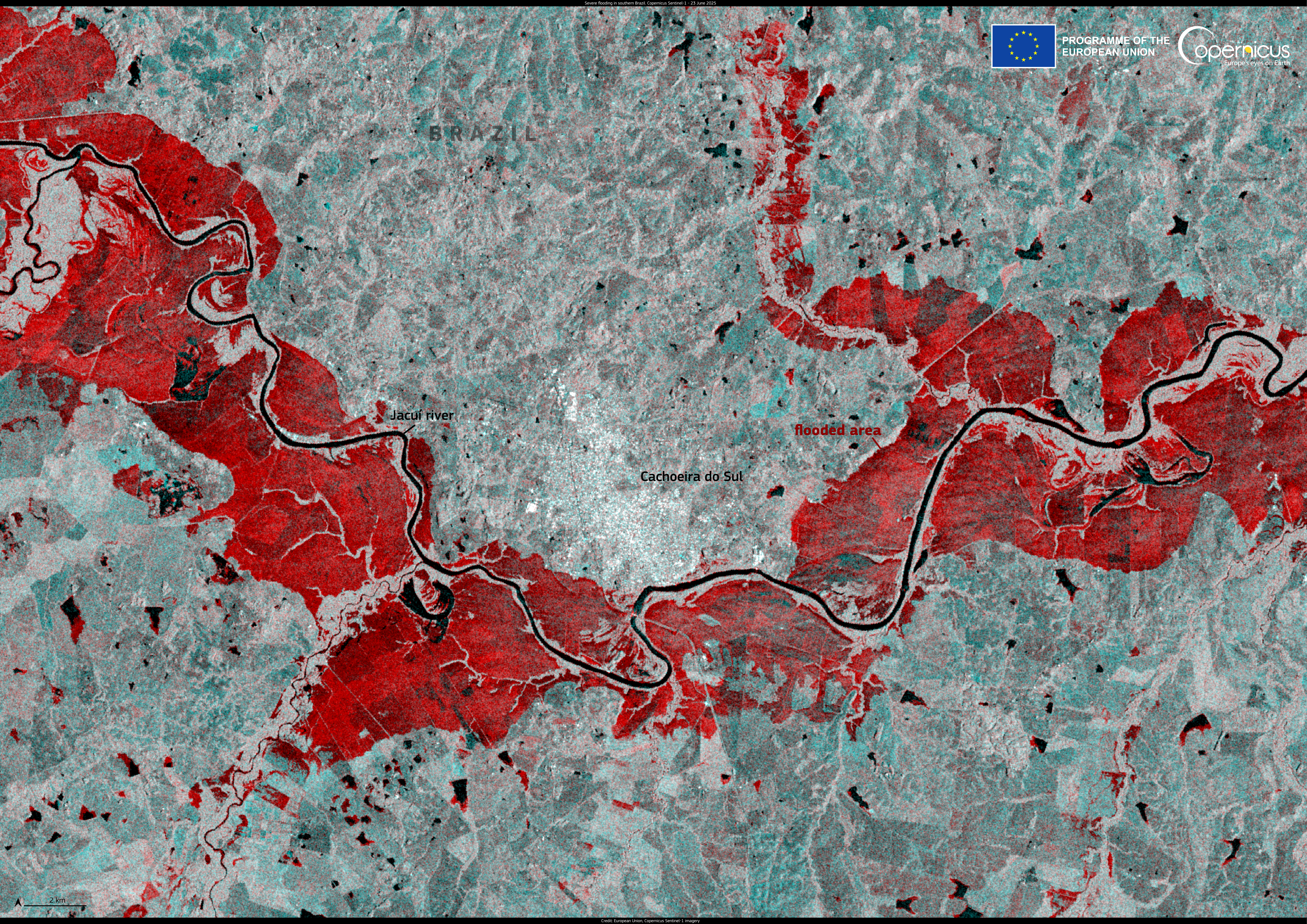
How Copernicus Data Supports Disaster Risk Reduction
Every year, disasters cost lives, damage ecosystems and disrupt economies around the world. In 2024 alone, the Emergency Events Database (EM-DAT) recorded 393 natural hazard-related disasters, resulting in 16,753 fatalities, affecting 167.2 million people, and causing more than $240 billion

Copernicus Policy Dialogue: Bi-regional cooperation for satellite-based risk management in Latin America and the Caribbean
On 22 September 2025, the city of Antigua, Guatemala, was the scene of an important milestone for bi-regional cooperation between the European Union (EU) and Latin America and the Caribbean (LAC): the Copernicus Policy Dialogue on Earth Observation for Disaster
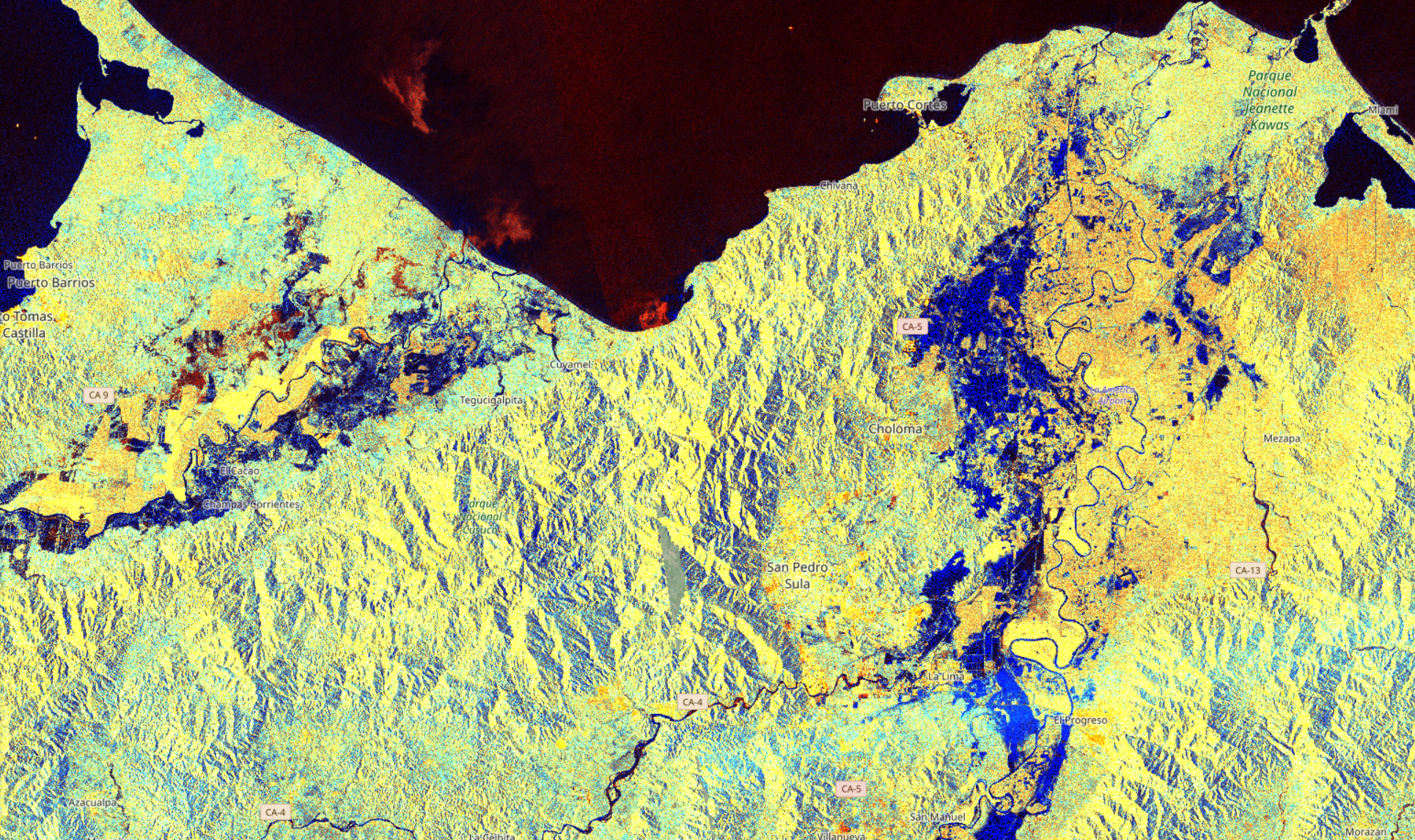
Copernicus for flood forecasting and monitoring in the LAC region
Flooding events are one of the most frequent types of disasters and affect millions of people every year. The consequences of floods range from affected crops, thereby compromising food security, to damaged infrastructure or loss of human life. Deforestation, wildfires,
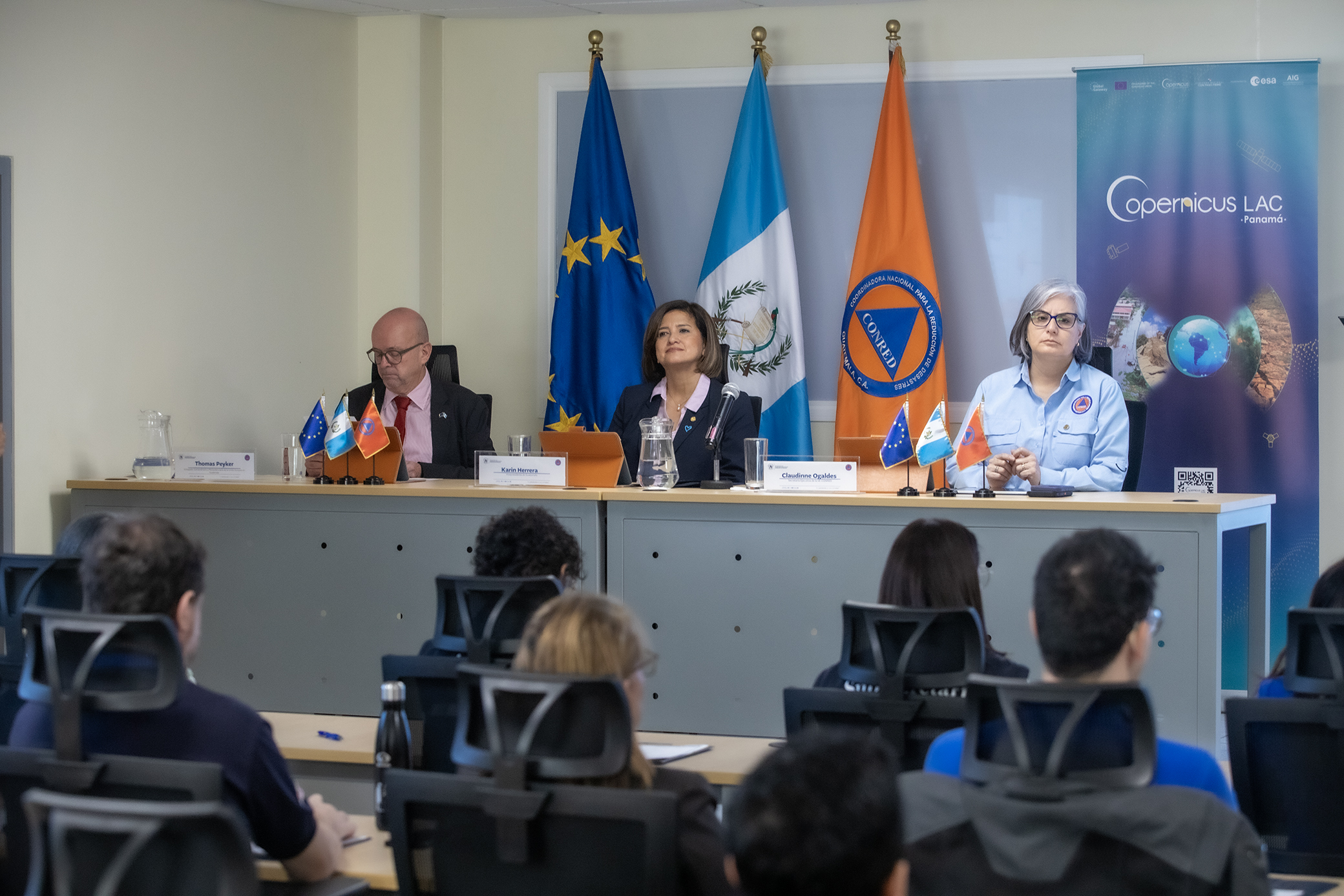
One Year of CopernicusLAC Training Activities: Building Regional Capacity in Earth Observation
As part of its activities to increase the uptake of free and open Earth Observation (EO) data from Copernicus across Latin America and the Caribbean (LAC), the CopernicusLAC Panama Centre launched an ambitious training programme in 2024. These activities were
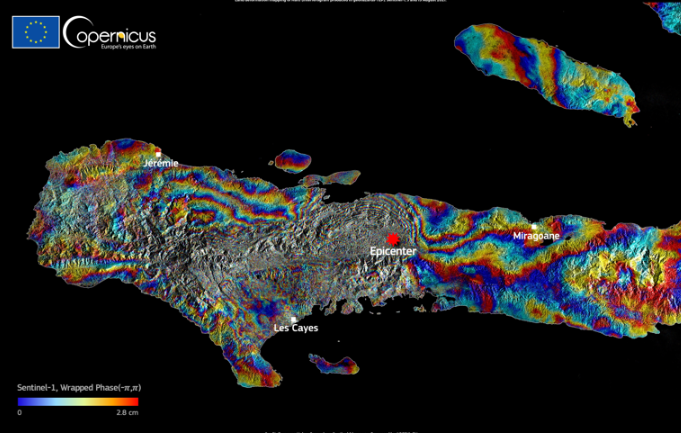
How can Copernicus open data help address seismic events in the LAC region?
Of the 20 countries most vulnerable to earthquakes, 11 are located in Latin America or the Caribbean. This heightened risk is largely due to the region’s geodynamics: Central America and the western coast of South America are affected by frequent

CopernicusLAC Panama Centre reinforces its role in Earth observation with participation in key events of ESA and the UN
At this year’s Living Planet Symposium (LPS25), one of the world’s premier events on Earth observation (EO) organised by the European Space Agency (ESA), CopernicusLAC Panama Centre was spotlighted for its significant role in advancing Earth observation solutions across Latin
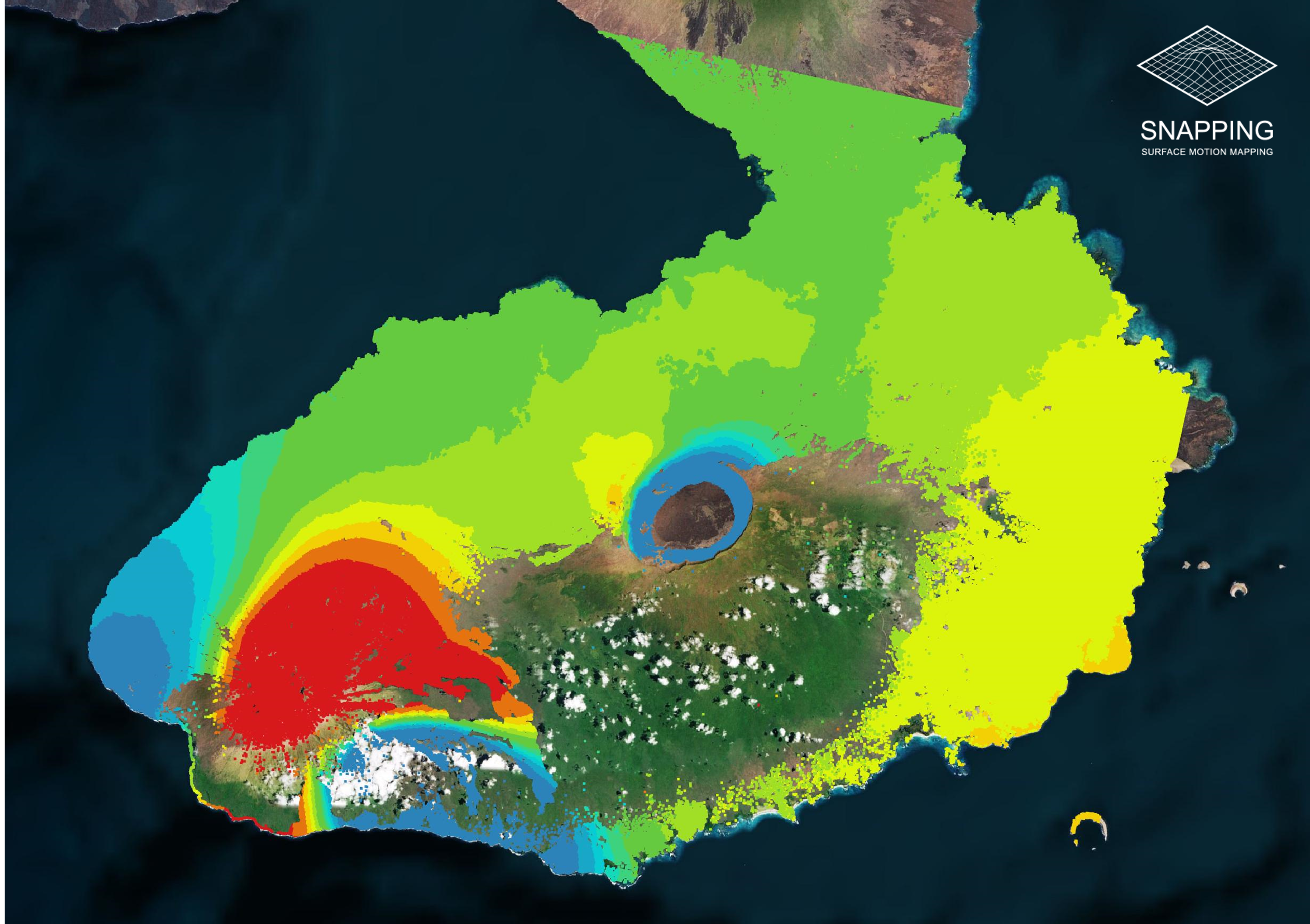
Subsidence: How Copernicus open data can help address geohazards in the LAC region
The Earth’s surface is constantly changing because of geological events such as earthquakes, volcanic eruptions, and tectonic plate movement. These processes often trigger natural hazards such as landslides, tsunamis, snow avalanches, rock or debris flows, and subsidence phenomena, causing thousands
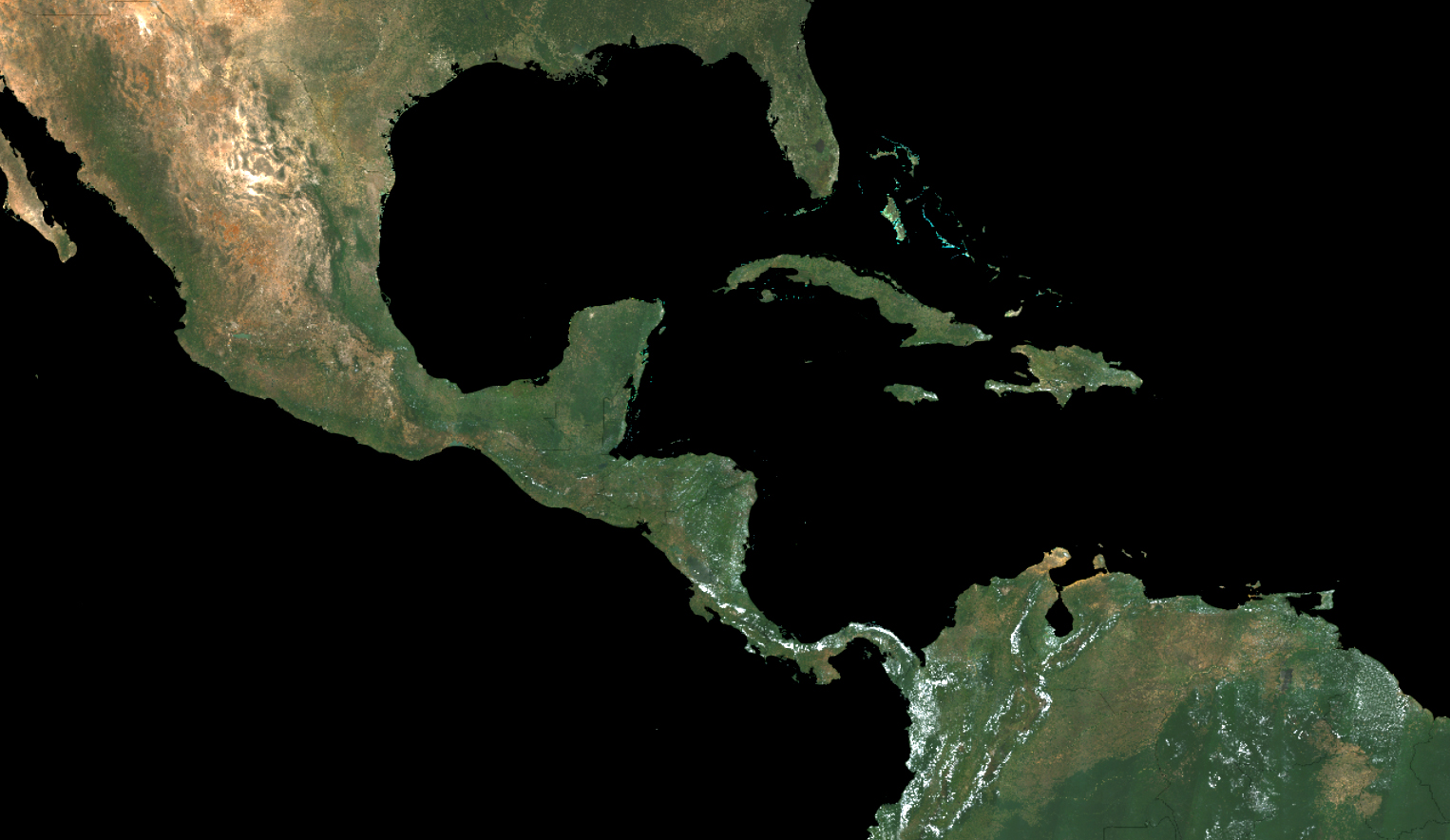
A Year of Growth and Impact: Key Achievements of the CopernicusLAC Panama Centre in 2024
2024 has been a year of growth, collaboration, and significant achievements for the CopernicusLAC Panama Centre. From expanding our reach and impact in the Latin American and Caribbean (LAC) region to advancing key projects, we have made great strides in
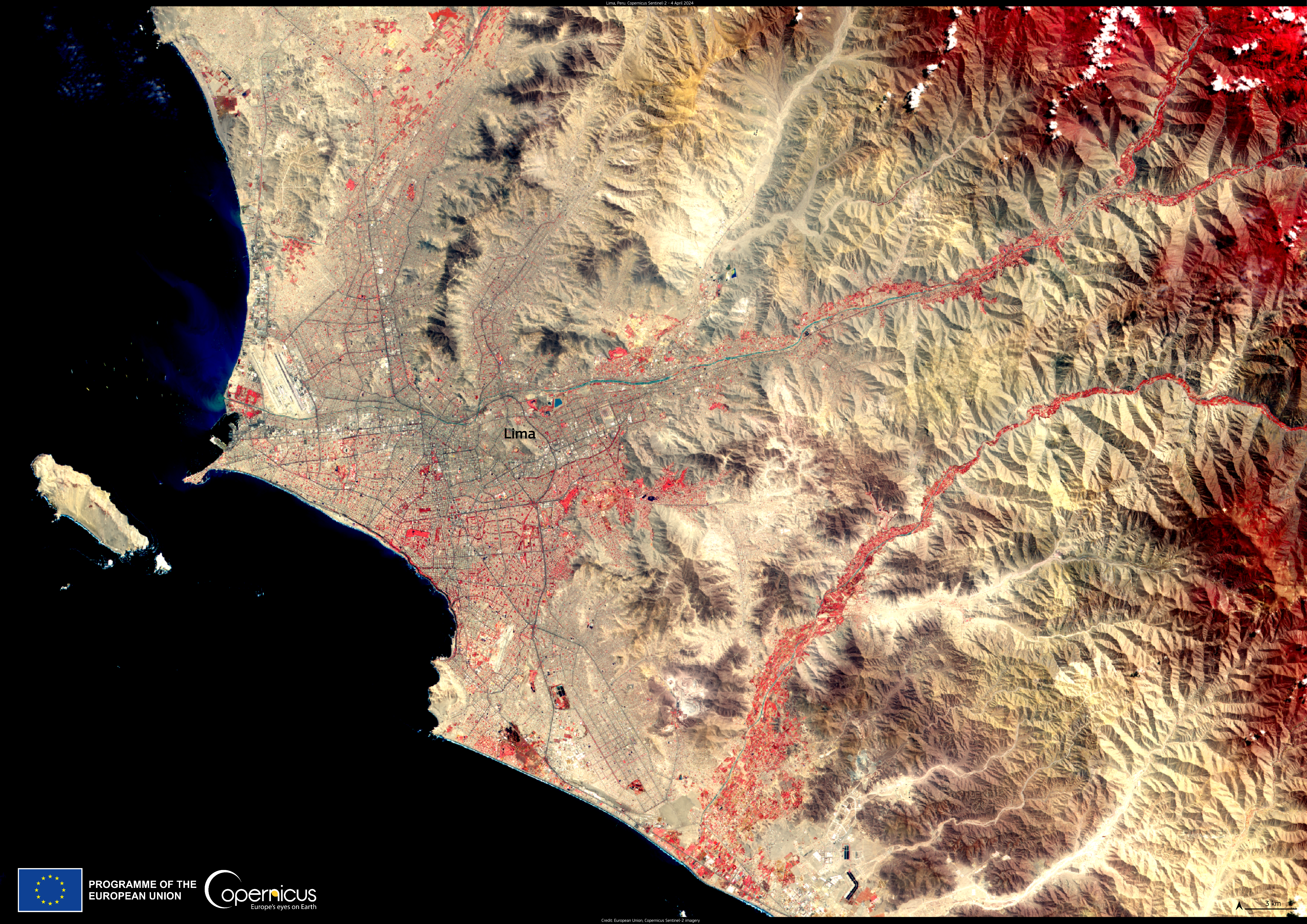
Trends in urbanisation and population growth in the Latin America and Caribbean (LAC) region
In 2024, the population of the LAC region reached 663 million people, with projections indicating it will peak at approximately 730 million in 2053. As most urbanised regions in the world, the majority of the population is concentrated in cities

How does Copernicus support the monitoring of droughts and their effects in the LAC region?
Throughout 2023 and 2024, multiple countries in Latin America have faced one of the longest droughts in recent decades. The impacts of this drought range from water scarcity, which affects food security, to a lack of energy production from hydroelectric
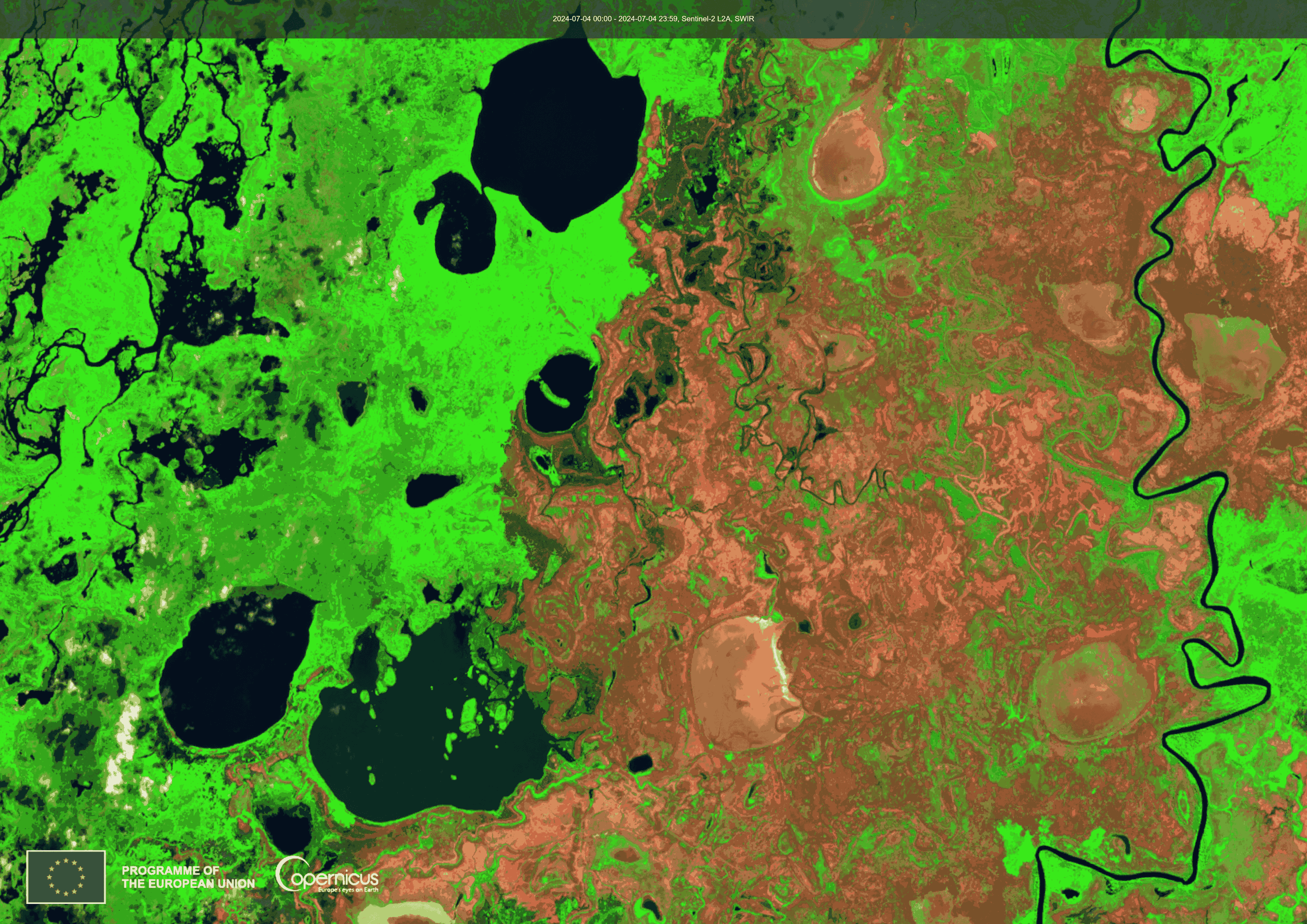
Copernicus for Wildfires: How can Copernicus Earth Observation open data help address wildfires in the LAC region?
The intensity, duration, and frequency of wildfires are increasing around the globe. This has important consequences for communities living in areas prone to fires, since they can have devastating impacts on the environment, property, and human life. The Latin America
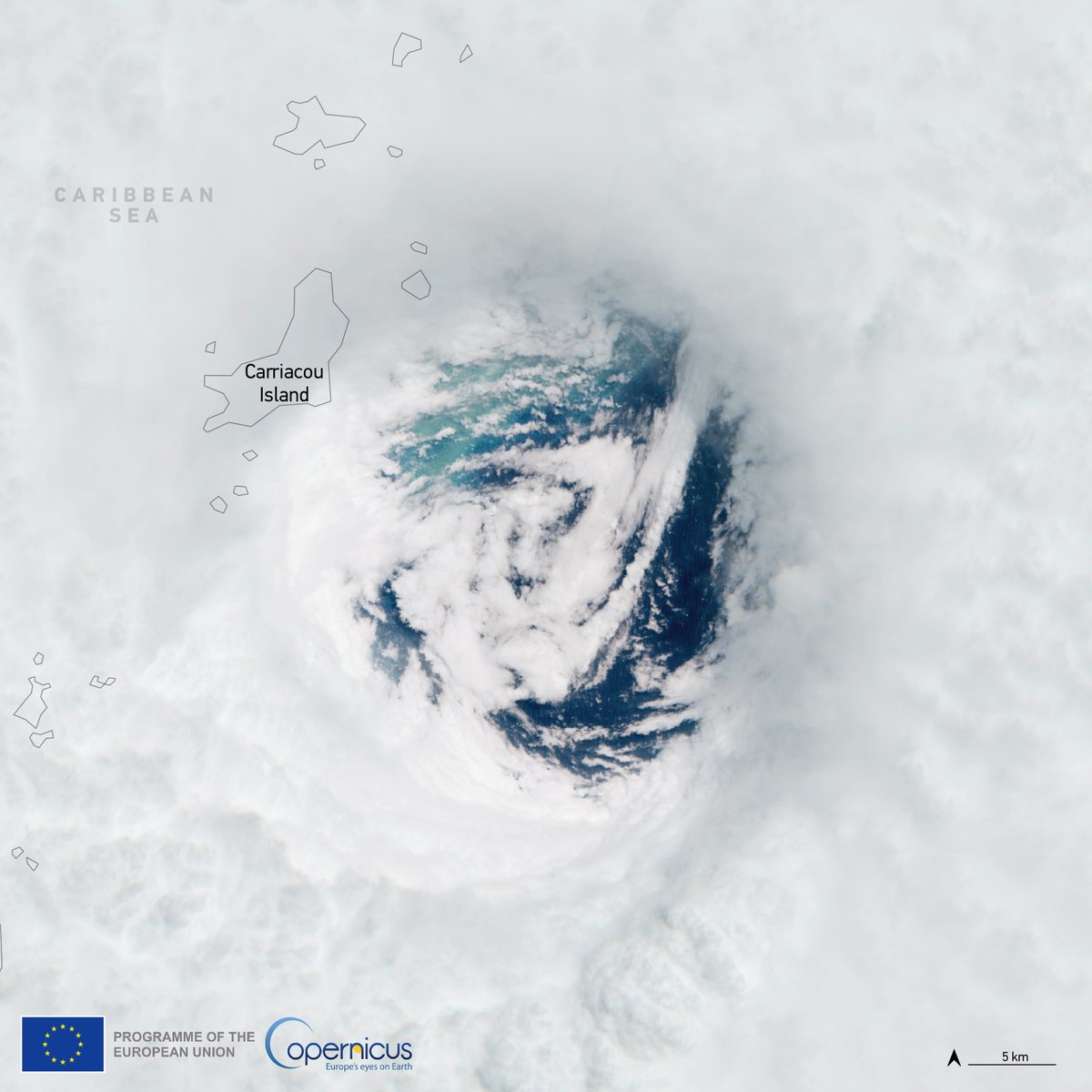
Hurricane Beryl: How can Copernicus Earth Observation open data help in preparing for, monitoring, and assessing the consequences of hurricanes in the LAC region?
An average of ten tropical storms develop over the Atlantic Ocean, Caribbean Sea, and Gulf of Mexico each year, with six of these becoming hurricanes. Tropical storms and hurricanes are very dangerous, bringing powerful winds, heavy rainfall, storm surges and

The CopernicusLAC Panama Centre: Building Climate Resilience in Latin America and the Caribbean with free and open Earth Observation Data
Latin American and Caribbean (LAC) countries are some of the world’s most vulnerable when it comes to climate-related hazards and the consequences of El Niño and La Niña. These phenomena impact the region’s unique ecosystems, including tropical rainforests, coastal areas,




